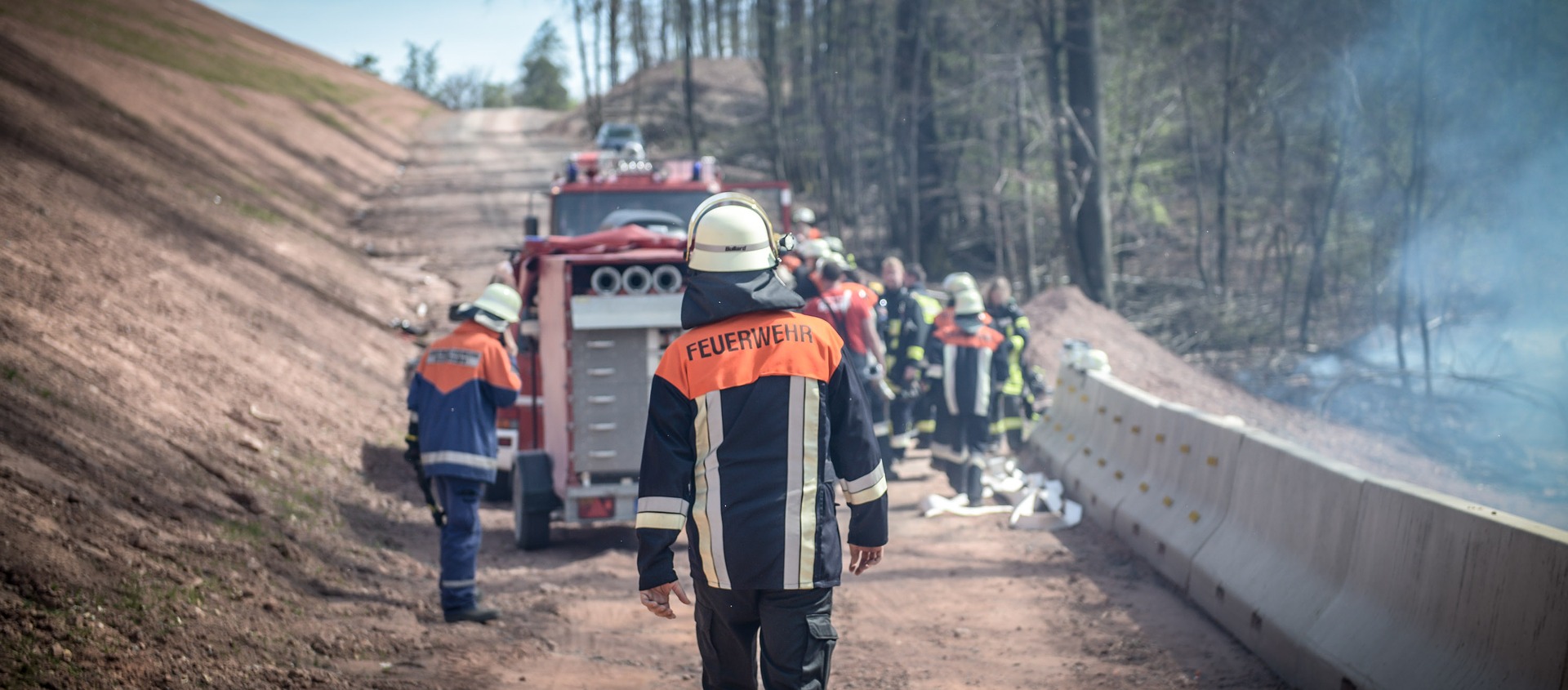Independent emergency communication network for disaster control
Typically, installing a network requires a lot of planning and time. In some cases, however, that time is not available. For example, in large-scale rescue operations, the actors of disaster control need a functioning network immediately for the duration of the emergency, and not in a few weeks’ time. Regardless of whether the power grid and, as a result, public communication networks have failed or whether the region is outside the radio network, they need functioning communication. Since the 1990s, in the peace dividend, most of the signal service units in civil defense and disaster control have been disbanded, so that today there are no nationwide signal service units today. Even though motivated and enthusiastic voluntary helpers do their best to maintain the remaining units, their technical equipment and performance capabilities differ drastically. They only have supply telecommunication connections to individual emergency stations.
In contrast, the telecommunication coverage of mayor's offices or other administrative buildings is no longer part of the standard. Even though they are actors for coordination in the event of disasters. With Fraunhofer's WiBACK technology, actors of disaster control can spontaneously set up and operate their own reliable and independent emergency communication network– without lengthy planning.
Features of a WiBACK ad-hoc network
Assembly reduced to mounting
The construction of the network is reduced to the mounting of the radio nodes and controllers on site. The nodes and controllers have to be attached to transportable poles or vehicles in advance. Afterwards, it is sufficient for a vehicle with an attached node to drive to the site and remain in place for the smooth operation of the network. The software ensures that the network nodes connect automatically. Alternatively, the transportable poles can be mounted in previously built holding devices. In the latter case, the network serves more as a backup emergency network than a spontaneous network since the mounting of the mounts needs a short preparation time.
Independent power source
Fraunhofer's WiBACK hardware is energy-efficient, which means that the radio nodes can run on their own power sources – such as batteries or small power generators. Their independence from local power sources enables them quickly and flexibly to set up communication networks.
Predefined profiles for various emergency cases
The system is based on a wireless Software Defined Networks (wireless SDN) approach. A controller takes on the task of configuring the entire network, whereby profiles for different types of emergencies can be predefined, for example the allocation of radio channels and QoS. This way, actors of disaster control can quickly communicate without wasting time adjusting network parameters.
Easy launch and operation
WiBACK's plug-and-play features allow people without IT skills to set up and operate a WiBACK network. The auto-configuration, self-management, and self-healing capabilities simplify the otherwise complicated installation and operation process.
 Fraunhofer WiBACK
Fraunhofer WiBACK